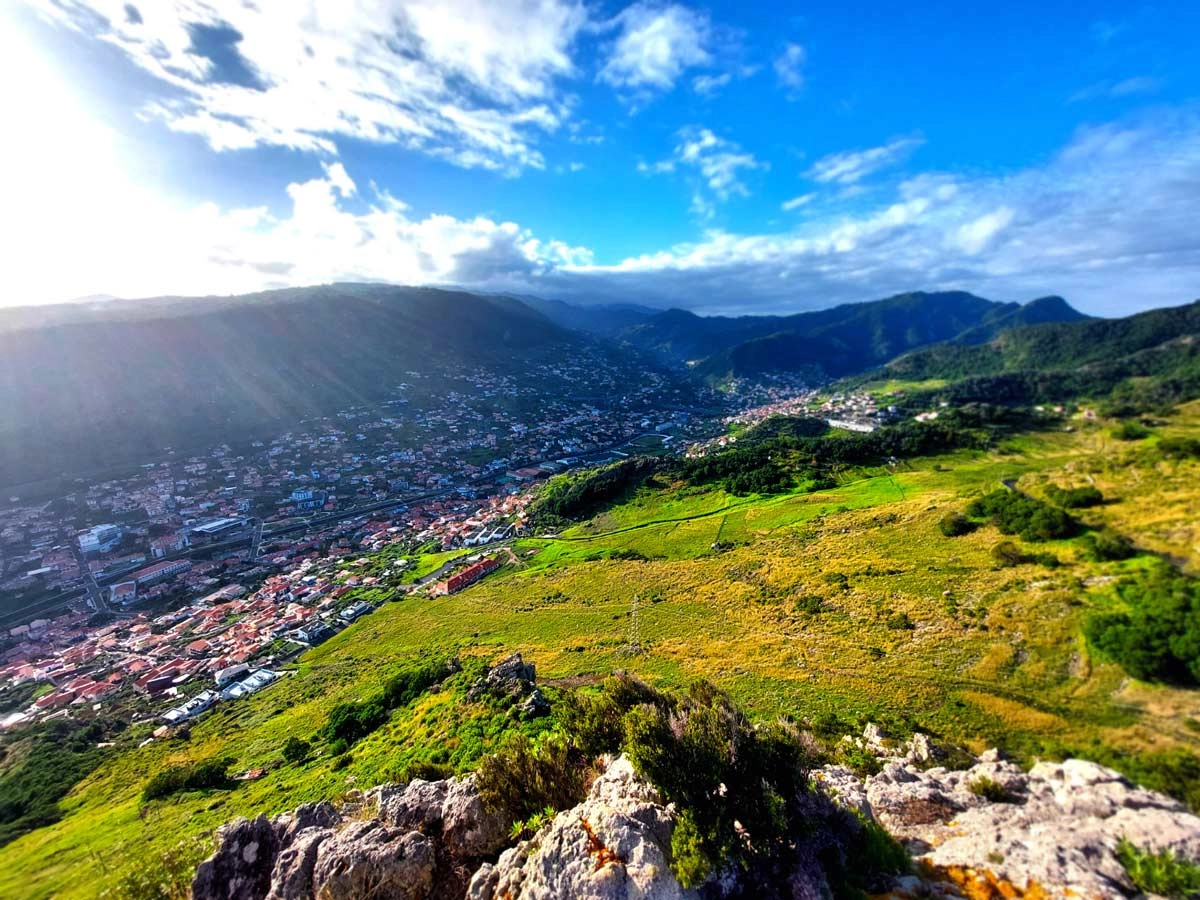Regional Development Index: Madeira Improves but Keeps 10th Place Overall
Madeira has made progress in two out of three key categories in the latest Regional Development Index released by Portugal's national statistics agency (INE) this Friday. The autonomous region improved in Competitiveness and Cohesion, but fell in Environmental Quality — the area where it had performed best in previous years.
Despite these shifts, Madeira kept its overall 10th place among the 26 sub-regions of Portugal. The index uses 2023 data to measure social, economic, and environmental aspects of development across the country.
Strong Climb in Competitiveness, from 13th to 7th Place
The most notable improvement for Madeira came in the Competitiveness Index, where it jumped from 13th to 7th place. With 95.52 points, Madeira now stands just behind regions like Setúbal and Cávado, and far ahead of 19 other sub-regions. The only regions with scores above the national average were Lisbon (116.30), Aveiro (107.18), and Porto (106.60). It also sets it clearly apart from the Azores, which sit in 24th place.
Slight Progress in Cohesion, from 22nd to 17th Place
Madeira also made a five-position gain in Cohesion, moving from 22nd to 17th place. With a score of 92.85, it surpassed other mainland regions such as Algarve, Alto Alentejo, and Douro. While still behind areas like Lisbon and Coimbra, which lead in this category, the region’s rise shows improvement in economic and social balance.
Environmental Quality Sees a Drop to 4th Place
The most surprising change is Madeira’s fall in the Environmental Quality Index. Despite Madeira scoring way above average, it moved from 2nd to 4th place, with a score of 106.67. It was overtaken by the Azores and Alto Alentejo.
Environmental quality tends to show smaller regional differences than other indicators. The top scorer was Terras de Trás-os-Montes, with 112.68 points. While Madeira still performs well in this area, the drop in ranking indicates other regions may be progressing faster in preserving natural resources, managing pollution, or investing in sustainable practices.
2023 Regional Development Index Ranking
Territory | Index | Competitivenes | Cohesion | Environment |
Grande Lisboa | 107.77 | 116.30 | 108.84 | 97.30 |
Área Metropolitana do Porto | 103.33 | 106.60 | 102.21 | 100.94 |
Região de Aveiro | 101.51 | 107.18 | 100.90 | 95.95 |
Região de Coimbra | 100.97 | 94.57 | 106.09 | 102.54 |
Alto Minho | 100.61 | 94.49 | 101.66 | 106.18 |
Continente | 100.24 | 100.51 | 100.60 | 99.57 |
Cávado | 99.91 | 96.70 | 104.89 | 98.12 |
Norte | 99.74 | 98.68 | 99.02 | 101.64 |
Região de Leiria | 98.72 | 94.92 | 101.94 | 99.45 |
Alentejo Central | 98.47 | 91.12 | 102.17 | 102.58 |
Península de Setúbal | 98.30 | 96.58 | 99.19 | 99.23 |
Região Autónoma da Madeira | 98.16 | 95.52 | 92.85 | 106.67 |
Ave | 97.40 | 95.03 | 95.87 | 101.62 |
Terras de Trás-os-Montes | 97.03 | 86.54 | 93.07 | 112.68 |
Beiras e Serra da Estrela | 96.27 | 89.83 | 95.11 | 104.53 |
Lezíria do Tejo | 95.97 | 92.52 | 95.93 | 99.77 |
Oeste e Vale do Tejo | 95.67 | 92.27 | 97.52 | 97.41 |
Oeste | 95.65 | 93.88 | 96.60 | 96.58 |
Médio Tejo | 95.35 | 89.11 | 101.00 | 96.20 |
Alentejo | 94.82 | 90.81 | 92.31 | 101.85 |
Viseu Dão Lafões | 94.10 | 91.16 | 96.96 | 94.27 |
Alto Alentejo | 93.93 | 85.08 | 90.47 | 107.26 |
Algarve | 93.80 | 92.07 | 92.79 | 96.75 |
Tâmega e Sousa | 93.02 | 87.72 | 90.29 | 101.70 |
Baixo Alentejo | 92.68 | 89.11 | 85.52 | 104.15 |
Alentejo Litoral | 92.64 | 98.17 | 87.00 | 92.58 |
Região Autónoma dos Açores | 91.79 | 83.26 | 82.40 | 111.04 |
Beira Baixa | 91.55 | 85.65 | 89.91 | 99.72 |
Alto Tâmega e Barroso | 90.75 | 79.71 | 89.41 | 104.22 |
Douro | 89.00 | 79.67 | 85.10 | 103.32 |
Centro | 75.49 | 71.55 | 77.60 | 77.56 |
Madeira in National Context
According to the INE, only five of the 26 regions scored above the national average in overall development. These were Lisbon, Porto, Aveiro, Coimbra, and Alto Minho. Madeira, with a global score of 98.16, remains slightly below average but comfortably ahead of most other regions, including the Azores, which are near the bottom of the list. The Regional Development Index's real progress depends not only on individual improvements but also on how other regions evolve.








Comments